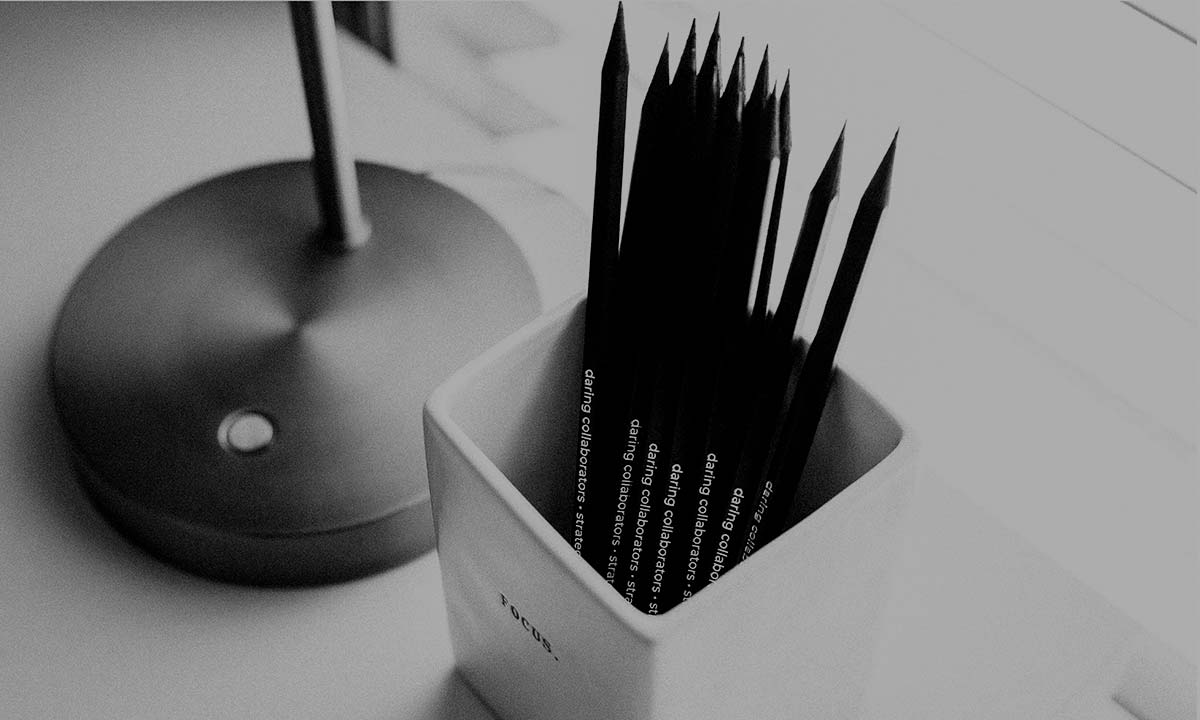Your Media Kit is Stuck in 1999
The media kit isn’t a new tool for PR pros. It’s a long-held tradition that provides journalists with useful information about your company. However, new technology has changed what media kits look like and how we receive and process information. We’ve put together five tips to help you transition your media kit into the digital age.
1. Evaluate Written Content
Journalists and bloggers are looking for you to make their lives easier. They have information coming at them from every digital and non-digital source imaginable. Make sure your content is informative and easily digestible. Avoid excess information. You need to grab their attention fast.
2. Amplify Visual Content
Appearance is everything. You can drive the direction of the visual story presented by the media if you provide all the pieces up front, including photos, artwork, infographics and videos. High quality, relevant and key-message focused visual content may seem like an expensive investment, but can often be planned out in advance and within budget. A carefully organized layout also makes each piece of information easy to find, ensuring the most relevant information and visual assets are used.
3. Keep It Current
Be aware of the 24-hour news cycle. We’ve talked about this before in our blog about crisis communication. You won’t always have time to update your kit once an opportunity or crisis arises. Keep your media kit ready and up to date so you can jump on those situations as soon as they happen. Much like the corner piece of a puzzle, a current media kit helps you put all of the other pieces in place.
4. Take It Online
The online media kit often lives as a media resources page on your website, and is a great way to quickly disseminate information to news outlets and keep it accessible. Having all of your news releases and visual content easily available to media outlets makes them more likely to use your resources rather than digging for their own. Don’t forget to evaluate the analytics on this page so you know who is visiting and what content is most valuable.
5. Know Your Assets
Bloggers and digital influencers have carved out a big piece of the marketing pie. As you are building relationships with those who are a good fit for your brand, you need to be prepared with the data to back up your company or organization. Each time they develop a new partnership, it’s a risk, and they need to know what they will get for taking that risk. Be sure and include your digital media influence within your media kit as well, letting them know up front your reach on social media and traffic you get on your website. These are all measurable assets that will influence their decision.

